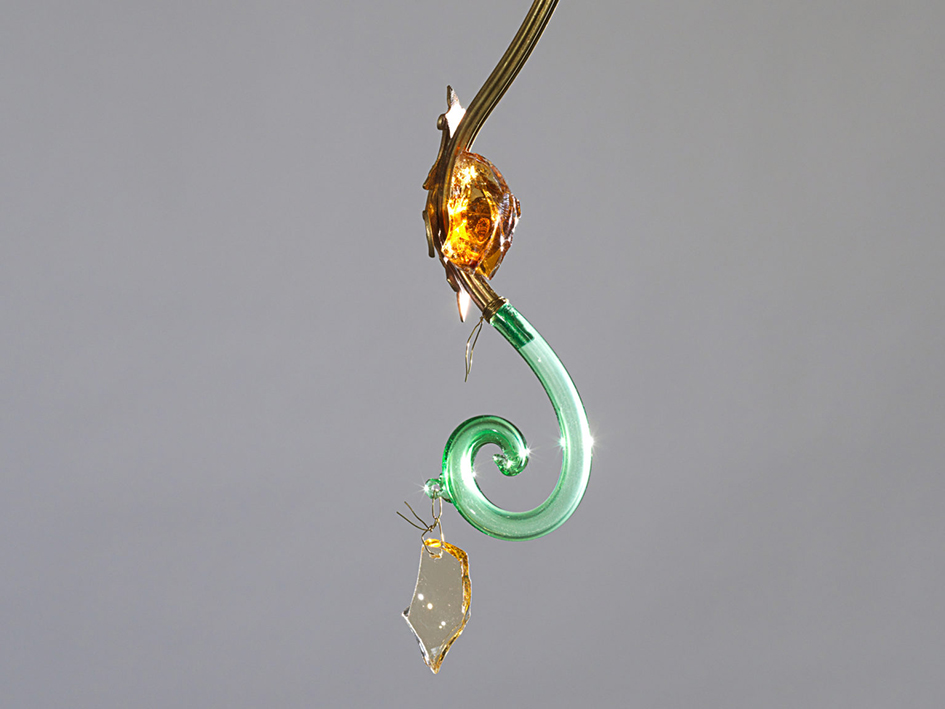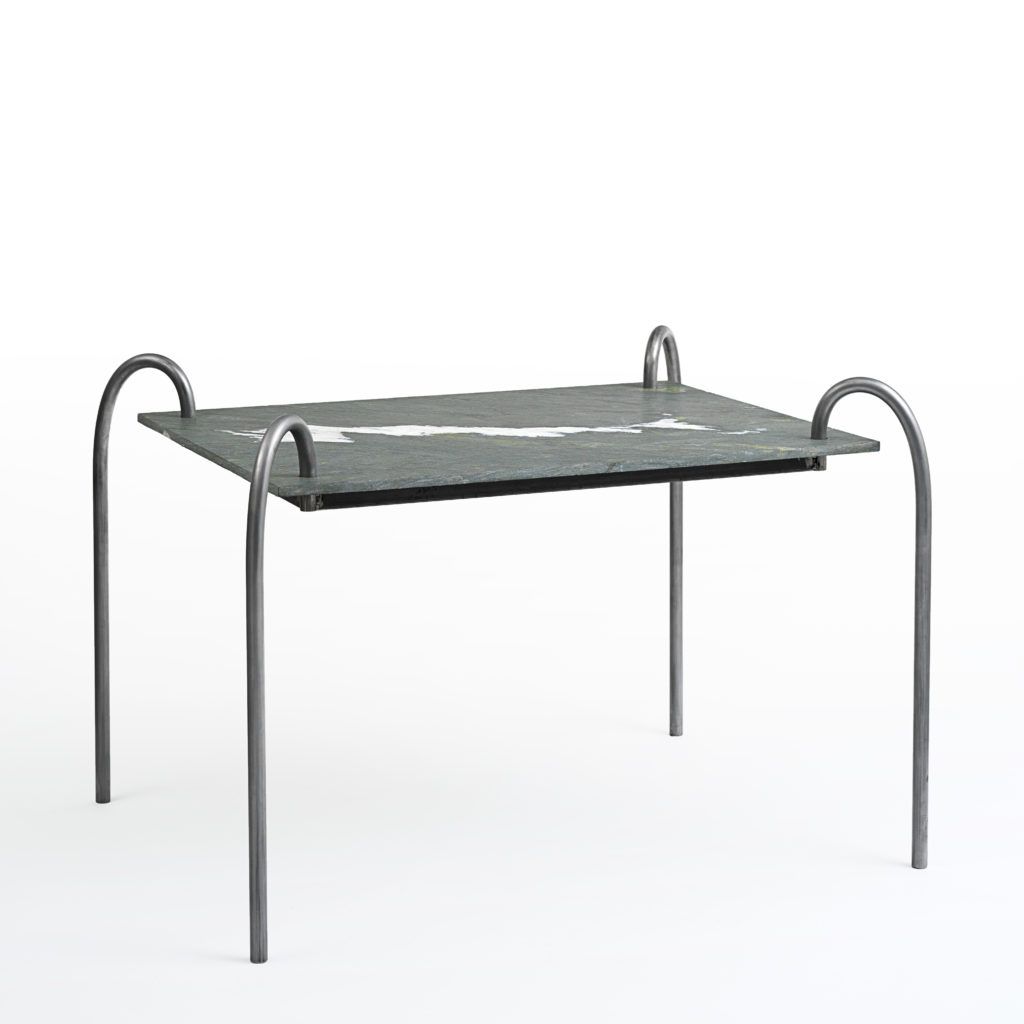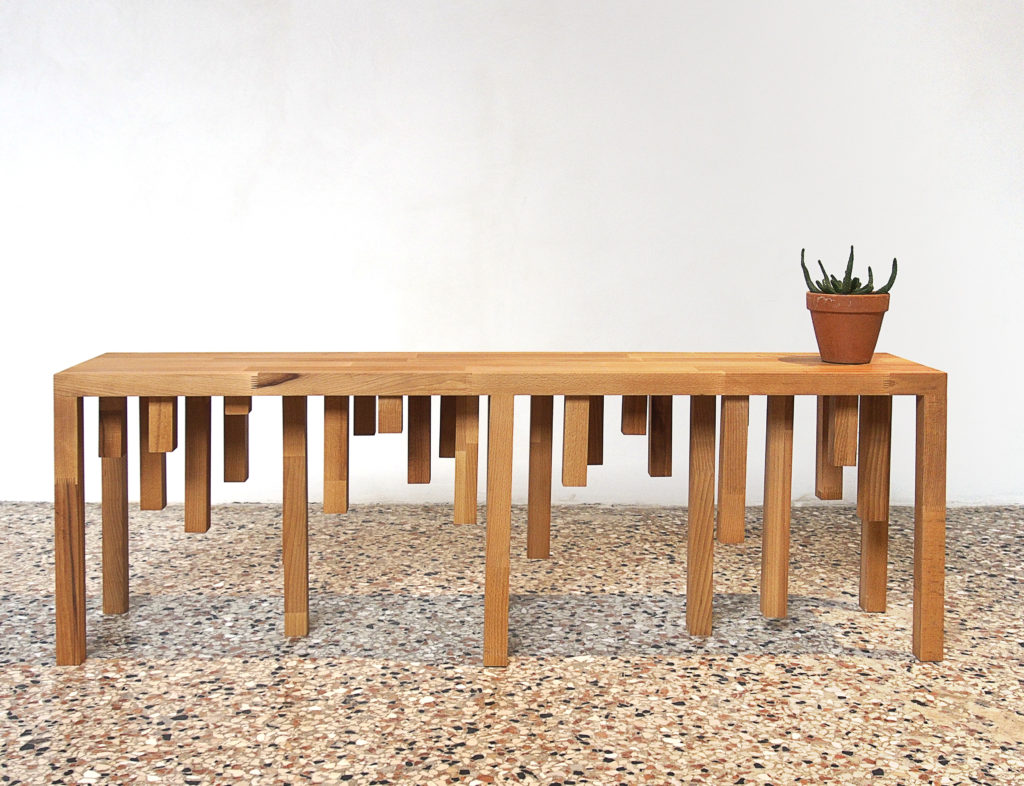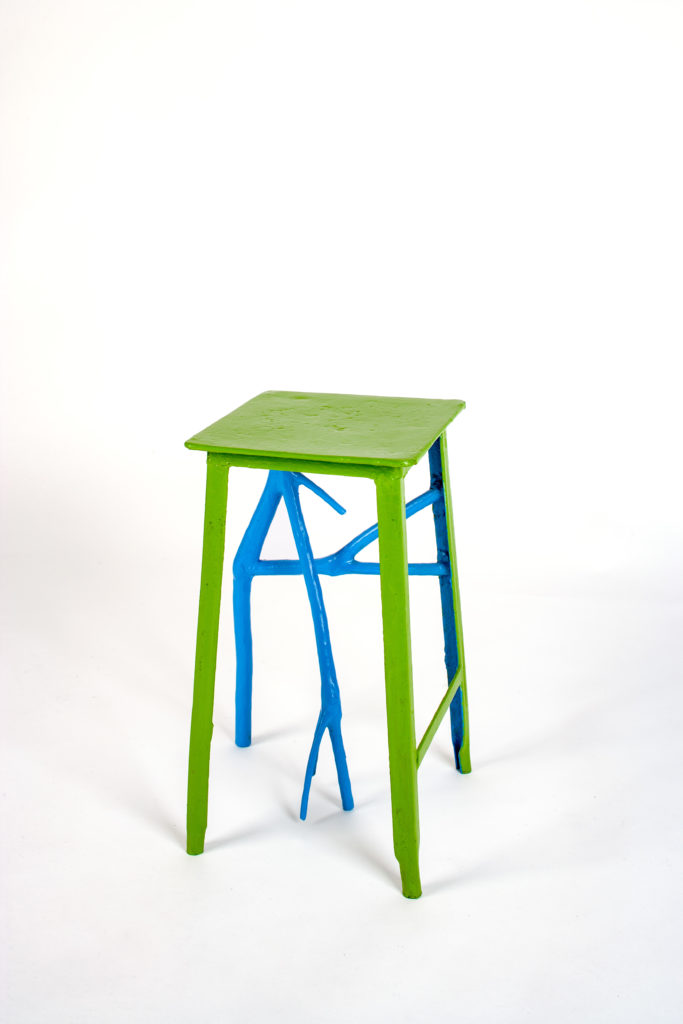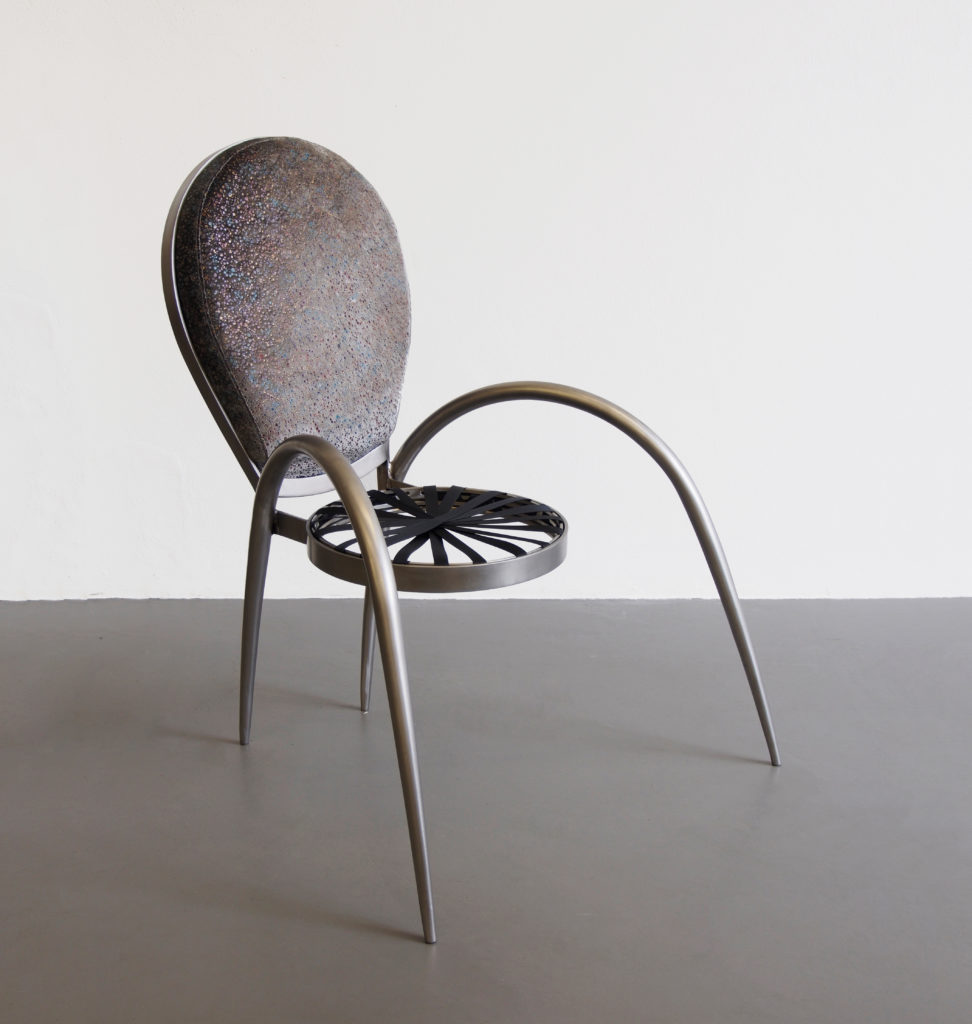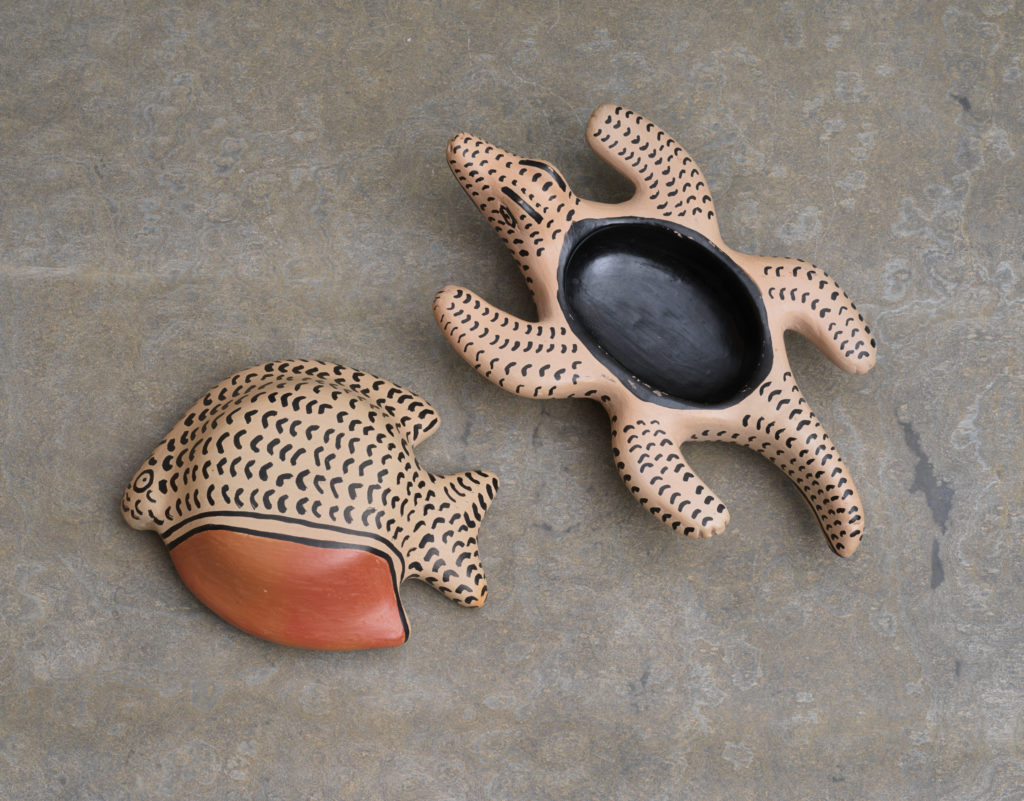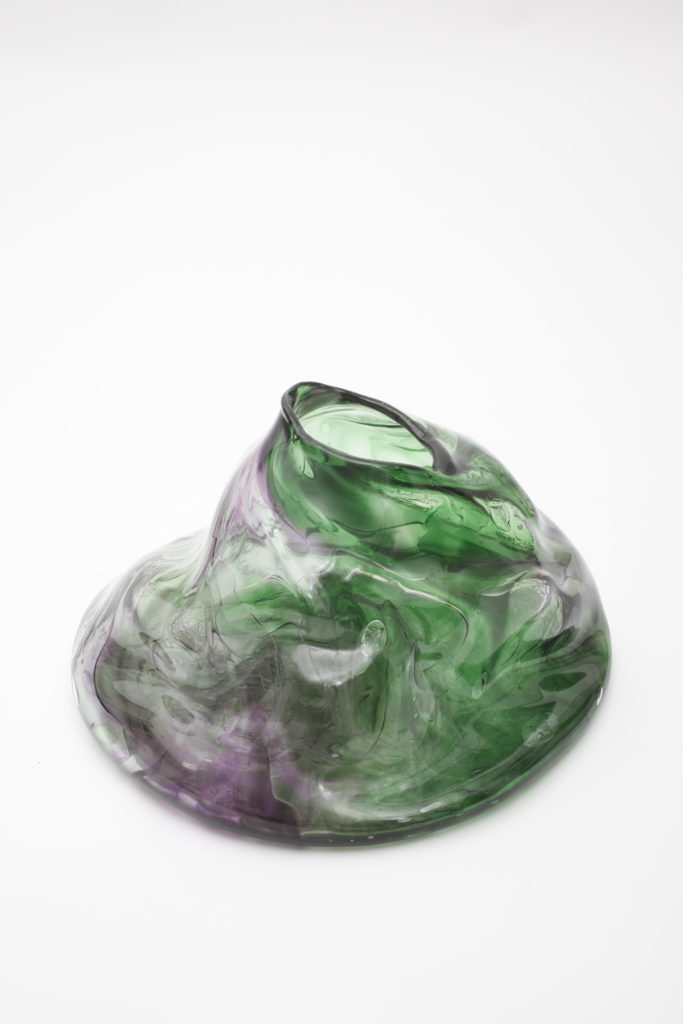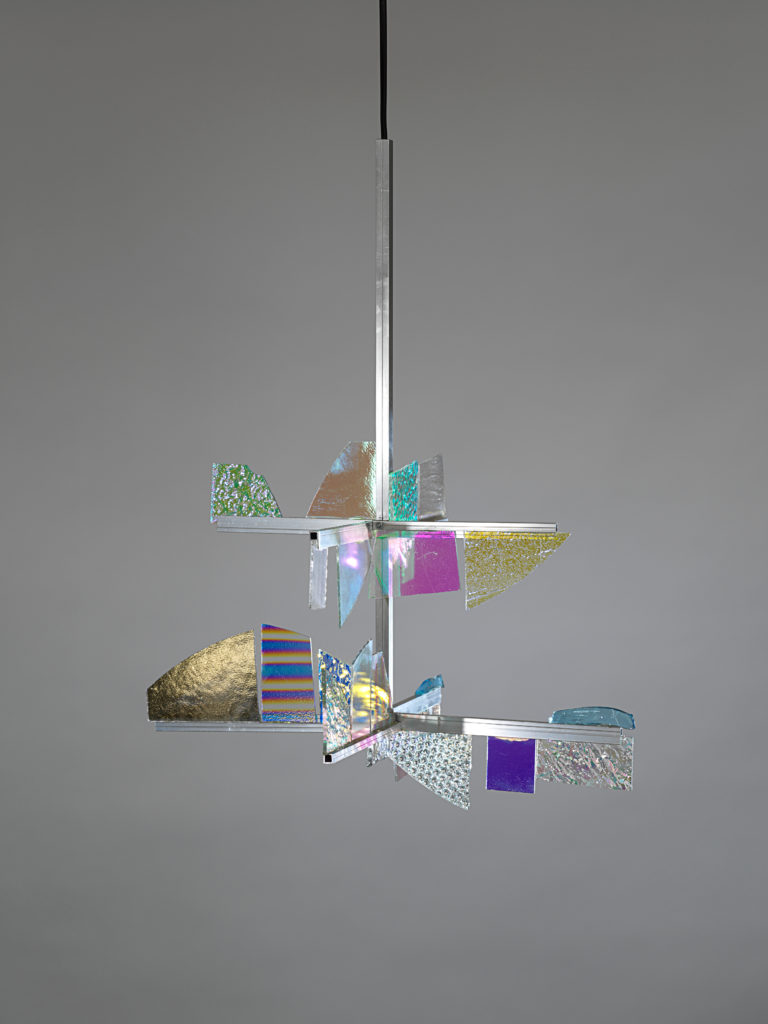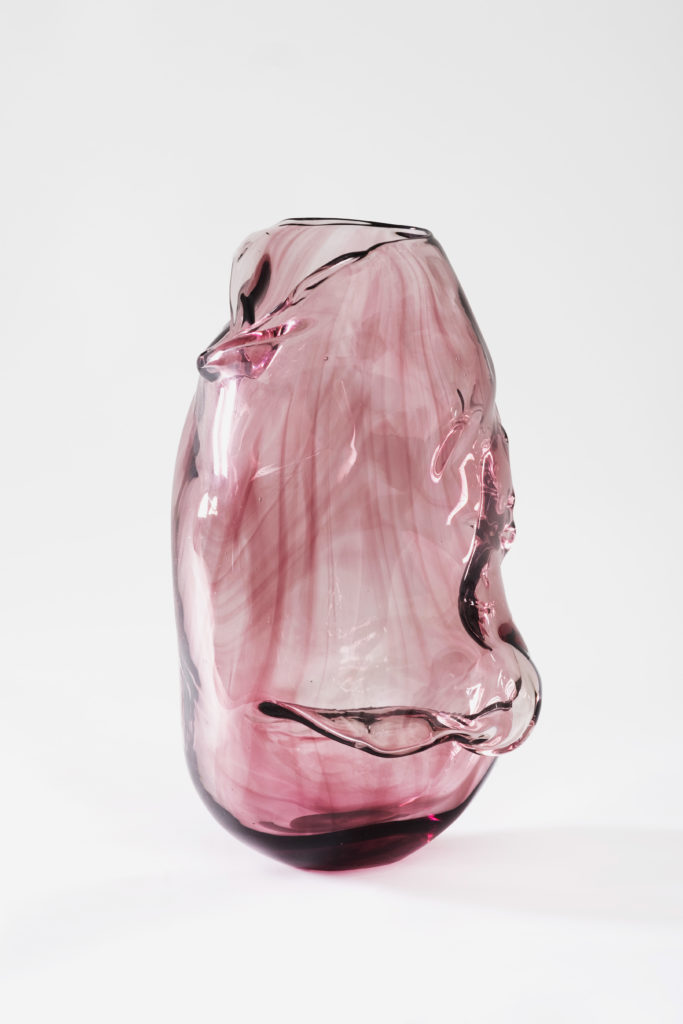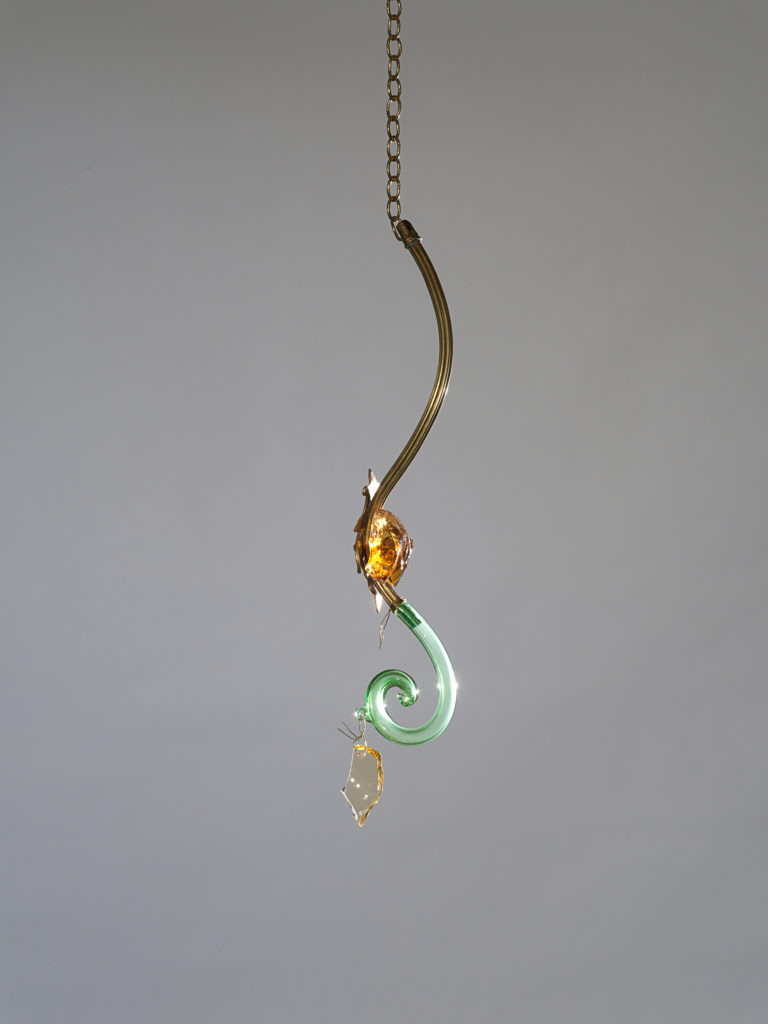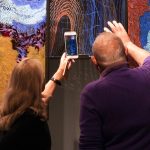LABINAC is a design collective of artists founded by Maria Thereza Alves and Jimmie Durham, which includes the works of Indigenous artists and crafts people of the Americas.
A broader vision of people who, starting from solid cultural and social premises, are manifested in the creation of habitable design of rare beauty.
- LABINAC Social-Seismography Table, 2018, stone, steel 125 cm x 100 cm x 92 cm, designed by Maria Thereza Alves for LABINAC, ph: Nick Ash
Unique works that turn towards furniture but maintain their identity well rooted in works of art. And thus chandeliers, tables, shelves, vases, even clothes, are born.
- LABINAC Stalactite Bench, 2018, wood 145 x 30 x 50, designed by Jimmie Durham for LABINAC, ph: Kai-Morten Vollmer
Everything makes sense, everything comes from profound study linked to respect for Nature and for people, all people, but especially for cultural minorities that are not protected and valued.
LABINAC pushes art beyond the concept of work and embraces life, giving value to every action, to every material. Wood, stone, glass, gold, plaster, metal, bone, as in all of Jimmie Durham’s works, have a precise meaning and, when assembled together, they create landscapes, visions and memories materialized within everyday objects.
LABINAC pushes art beyond the concept of work and embraces life, giving value to every action, to every material
10 years have passed since the projects in Rome with Mario Pieroni and Dora Stiefelmeier, where I had the opportunity to hear the story, the aims, take in the works, an expertise running on an in-depth frequency useful for understanding and assimilating the essence of LABINAC.
GF – What is the meaning of the term “Labinac”?
Where does the need and the idea of such an impressive project come from?
MTA – It is the word cannibal spelled backwards as an attempt to challenge the notions around cultural cannibalism which was conceived in the early twentieth century by settler Brazilian intellectuals as an attempt to ground themselves as the authentic and only voice of Brazil. Denise Ferreira da Silva writes eloquently that in reality what is usually perceived as ‘racial democracy’ in Brazil is in fact what she calls the logic of the obliteration of the Indigenous and Blacks. For decades this topic has been of importance into how I see Brazil and have directly addressed this as an artist most recently in the work, A Proposal for Syncretisim (this time without genocide), which was commissioned for Manifesta (2018) in Palermo and later acquired by Castello di Rivoli Museum of Contemporary Art in Turin. These concerns make LABINAC a meeting ground of the Americas and Europe based on our decades of experiences as artists, designers, activists, and writers.
These concerns make LABINAC a meeting ground of the Americas and Europe based on our decades of experiences as artists, designers, activists, and writers.
- Jimmie Durham, Lonesome Jetsam, wood, steel, paint 43 x 22 x 25 cm, designed and made by Jimmie Durham, ph: Nick Ash
GF – For years, the artistic studies I have carried out have led me to reflect on alternative ways of using the work. The desire to include the artistic gesture in daily life, giving it an active role, led me to create an artist’s wall-covering collection entitled CARTE, soon available in limited edition. Just one example of re-reading the work of art and give a more engaging meaning, enveloping and closer to people. When you mention in Labinac’s presentation text the desire for “designing and making things”, I see the same meaning.
MTA – Both Durham and I spend much of our time inside our living/working spaces which has made it paramount that our surroundings engage with us intellectually and creatively as we make, cook, read, pause, meet with friends and collaborators, and tend to other life in our terraces. Decades ago when we began to work together we had no monies to purchase furniture and so searched the streets of New York for cast-off items and material and constructed our home/studio from the history of New York. Throughout the years, visitors would sometimes inquire if we could make a piece of furniture for them. We did not have the time then to do so. After decades we have dedicated ourselves mostly to our art practice, now we can focus in the most concentrated way on our life-long passion for design, for making the very day we live as a process of discussion.
After decades we have dedicated ourselves mostly to our art practice, now we can focus in the most concentrated way on our life-long passion for design, for making the very day we live as a process of discussion.
To encourage us to think: a spoon to ladle sugar which is carved out of a piece of wood found during a walk in a local park; tiles found in a container of a shop gone out of business transforming a bathroom into a magic place; a small metal table missing one leg dispatched to a roof in Mexico and thus losing its purpose – found and fitted with a wooden leg with branches and thus returning to interactions with us. A piece of wood that has traveled for decades with us finally becomes a hook for a towel; or contemplating how a chair might interfere in space in such a way as to remind us that we need to be mindful of other possibilities and ways around us. We had not contemplated wall paper – both of us coming from hot and humid regions – so it is nice challenge.
- LABINAC Spiderchair, 2019, stainless steel, textile 80 cm x 70 cm x 100 cm, designed by Maria Thereza Alves for LABINAC, ph: Kai-Morten Vollmer
GF – By purchasing a work by Labinac, is one indirectly supporting the cause of the aboriginal peoples of Brazil?
MTA – I have worked with Indigenous students in Brazil and see their struggles in trying to complete their education when they lack funds for study materials, transportation or even food. One of the primary reasons for making LABINAC was to address this shortage of funds for Indigenous university students in Brazil.
One of the primary reasons for making LABINAC was to address this shortage of funds for Indigenous university students in Brazil.
We therefore have acquired or commissioned works by Indigenous artists from Brazil and 100 percent of profit from these sales will go directly to an Indigenous student fund. The pandemic has made the process much slower than we had hoped for. However, CNAP (Centre National des Arts Plastiques) in France has recently acquired 10 works from LABINAC for their collection which includes three by the Huni Kuin master weaver, Maria Rosilene Silva Pinheiro and 3 beaded works from the Kayapo-Mebengokre people. During our show, Broken: Light Shines Through, in Berlin at the venue Callies’s where LABINAC was given a residency, we sold a work by Philipp Modersohn, a young German artist who we commissioned to make some lights and he donated part of his sale fee to an Indigenous teacher in Brazil. Nevertheless, we see that there is a problem when these works are perceived to be what becomes perjoratively labelled as ‘tribal’, meaning “not contemporary” and that is why we were particularly pleased that CNAP acquired the Huni Kuin and Kayapo-Mebengokre pieces for their contemporary art collection. We also have some exquisite pottery works by Arupo Waura, a Wauja master ceramicist, whose son, Kuhupi Waura, collaborated with me in the work, “Decolonizing Brazil”, made in Sorocaba, Sao Paulo and sponsored by SESC – an NGO founded by entrepreneurs which is active in culture and takes its mandate seriously in working in an inclusive manner with society.
- Ceramic bowls, 2018, ceramics, dimensions variable, made by Arupo Waura, ph: Nick Ash
GF – If, for Jimmie, wood is the material he loves most, if I remember correctly; can we say that for you Maria Thereza glass, following your experiences in Berlin and Murano, is the chosen one?
MTA – It has come as a surprise and at the same time as a much appreciated gift from the world to me. I first was invited for a glass residency in Berlin Glas and worked with the maestro Jesse Günther and together we were to develop a way to work with glass – albeit after an initial explosion of a nice piece – which pushes the stress levels of glass to the extreme thus allowing it to be free to transform into organic shapes. This process happens again and again so that the ‘melting’ of the glass – that movement we are so much enarmoured with – is still visible in the final work. I was then invited by Berengo Studio in Murano to experiment with glass and was priveleged to work with the Maestros Silvano Signoretto and Nicola Causin. In working with blown glass one has to make decisions in seconds and in this case, in Italian! Sometimes I could not find the words I needed, so I used my hands to guide the hands of Causin. He said, “You have the need to know how to work it yourself.” and I agreed. He then began to introduce me to the tools that could assist me in possibilities. During the making of one particular object almost at the end of a work day, Causin and I were so able to move in such coordination and attunement to the glass in the making of this new work that we both realized that something special had happened and he said, “When it works, it can be like that – magic.” I went then out to walk around Murano stunned – I have no words to describe what glass had given to me – a joy of looking anew in a present-making-of-future – would come close.
I went then out to walk around Murano stunned – I have no words to describe what glass had given to me – a joy of looking anew in a present-making-of-future – would come close.
- LABINAC Cloudstone, 2018, handblown glass appr. 26 x 30 x 30 (glass body), designed by Maria Thereza Alves for LABINAC, ph: Michael Zalewski
I leave the floor to Samantha Punis, the pulsating soul of AtemporaryStudio, who for years has been dealing with glass and its most sophisticated variations in the garb of design, with passion and dedication, for some specific questions:
SP – Maria Thereza, LABINAC’s works ranges from blown glass to light installations made with broken glass of various kinds, colours, shapes, sizes.
Which form do you love the most, new production or recycled?
MTA – As an artist-designer I usually work with new production because I am addressing specific concepts and then I research different materials and ways to produce it within the process of making the project. Whereas my partner, Jimmie Durham, loves to develop objects directly from the materials themselves. We arrive at our work from opposite directions and thought processes and that gives LABINAC an added complexity.
- LABINAC Dichroic Glass Chandelier, 2018, dichroic glass, aluminium, cable appr. 57 x 42 x 41,5 cm (without cable), designed by Jimmie Durham for LABINAC, ph: Nick Ash
SP – You have often produced in Murano. Have you personally blown your pieces?
MTA – The blowing is less than a minute work and it is the shaping that is the essential part. The process of the blowing of glass and the shaping of it is what makes the object. I am appreciative of the long process and dedication involved in mastering glass blowing. Of the muscles that must be developed to hold and carry kilos and kilos of molten glass; of the physical resistance needed to withstand the 1000 degrees heat emitted by the ovens and still work a full day. In acknowledgement of this respect I would rather work with maestro then at this stage in my life set aside years to acquire this mastery without any surety of being able to physicially cope with the hard efforts need for glass blowing. I have found it important that space be made for me to interfere whether with traditional tools used in glass making or with ones I invent myself.
- LABINAC Perfectly Imperfect, 2019, handblown Murano glass 37 x 25 x 25, designed by Maria Thereza Alves for LABINAC, ph: Nick Ash
SP – Murano needs no introduction.
In your experience, what unique qualities of the island do you carry within yourself?
MTA – The serenity of intense labor combined with the intelligence and generosity of spirit make a work that is about the work and not about the ego and mastery.
The serenity of intense labor combined with the intelligence and generosity of spirit make a work that is about the work and not about the ego and mastery.
When I am in Murano itself, I enjoy seeing the pleasure of comparaderie between glass colleagues for themselves and their craft.
SP – Contemporary design and Murano glass.
Does a path for dialogue exist today?
MTA – It always exists in Murano.
SP – Which young glass artists respond to this pairing?
MTA – As the process is expensive, easily costing more than 10,000 euros a day in Murano, (due to the high costs of transporting every material in small boats including the gas itself used in the furnaces) it is not so readily available for experimentation by emerging artists.
- LABINAC Green and Brass, 2020, brass, Murano glass, steel, external spotlight appr. 112 / 51 (without chain) x 12 x 7 cm, designed by Jimmie Durham for LABINAC, ph: Nick Ash
SP – Projects to be investigated, names to contact, what do you tip to follow – as if in a magical way – the creative chain linked to the production of glass?
MTA – It is best that artists find their own way as it is all part of the process of tending to one’s development and interests and intellectual needs and desires at very specific moments, for personal reasons and/or for the times we are in and the demand society has of us. I do recommend Berengo Studio where the maestros I worked with are expert in their fields but continue to be curious and are generous with their colleagues, us artists.

